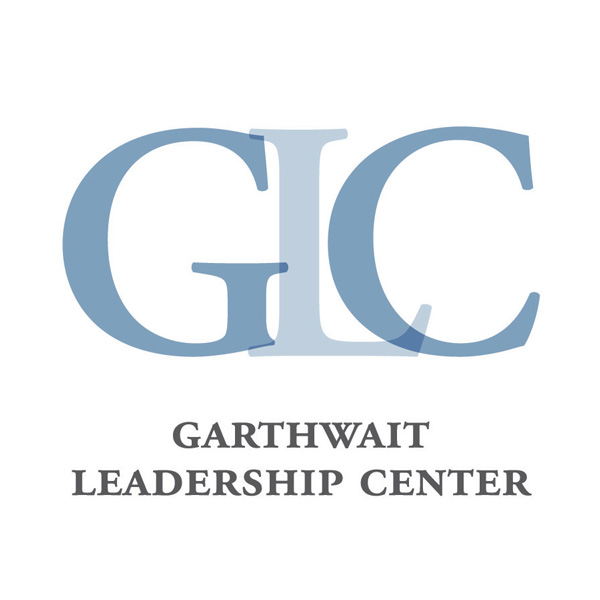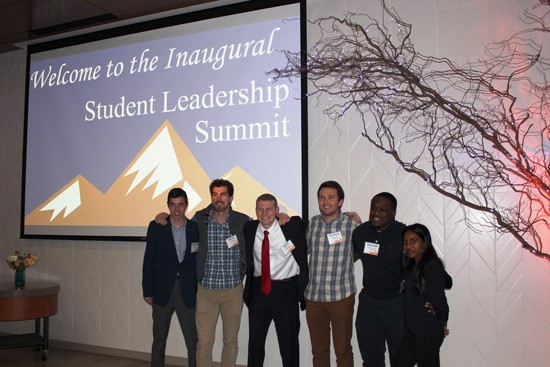

Welcome to the November edition of the GLC Newsletter!
In our society today, leadership is often misconstrued as individual success. When an innovator, a pioneer, or a record-breaker accomplishes something truly extraordinary or impactful, the media and general public will commonly refer to this person as a “leader.” However, personal achievement is not synonymous with leadership.
Leadership is the process of engaging others to work towards change. Leaders are needed to help others work together since the desired change cannot occur through one person alone. Teamwork, therefore, is essential to effective leadership.
What is it that creates a high performing team?This is the question Google asked in a two-year study on team performance to help its leaders better understand the environment for work groups to thrive within its organization. Here’s what they discovered:
Who is on a team matters less than HOW the team members interact, structure their work, and view their contributions.
Defining ‘teams’ as interdependent groups of 8-10 people, Google used executive ratings, team leader ratings, team member ratings, and sales metrics compared with quotas to measure effectiveness. They found five key dynamics in their most successful teams:
- Psychological safety - Can we take risks on this team without feeling insecure or embarrassed?
- Dependability - Can we count on each other to do high quality work on time?
- Structure and clarity - Are goals, roles, and execution plans on our team clear?
- Meaning of work - Are we working on something that is personally important for each of us?
- Impact of work - Do we fundamentally believe that the work we’re doing matters?
At the Garthwait Leadership Center, we teach our student leaders how to create psychological safety when they facilitate workshops and group development experiences. Using tools such as working assumptions to frame conversations, our student facilitators promote open conversations with their peers—allowing each individual to express their ideas and thoughts in a supportive environment.
Although Google’s research is specific to their organizational culture, I hope Google’s five key dynamics of high performing teams can provide a model for you as you approach leading your team. Remember, as leaders, we can’t do it alone. We’ll always achieve more as a team!
Happy Thanksgiving and thank you so much for your continued support of the GLC.
Best wishes,
Andy
Andy Hughes
Executive Director, Garthwait Leadership Center
ahughes@gettysburg.edu
By Staff
Posted: 12/30/19